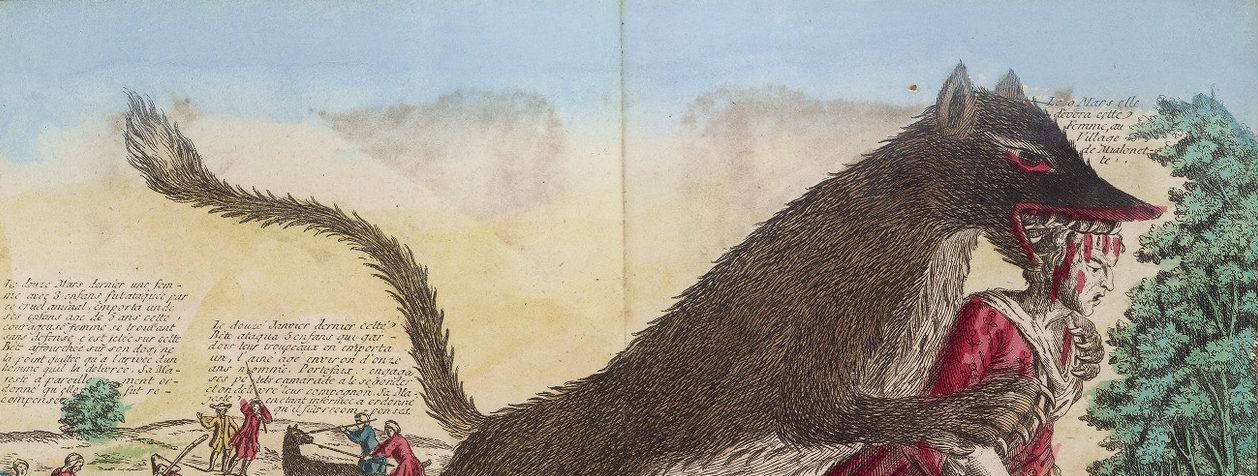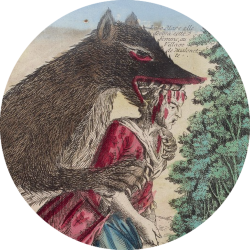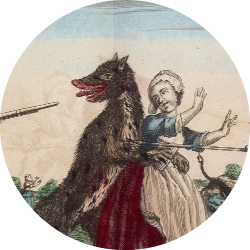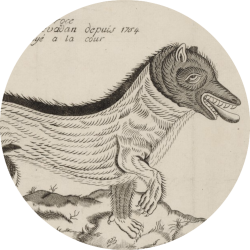The Beast of Gévaudan, or La Bête du Gévaudan in French, was perhaps one of the very first instances of a “fait divers” (miscellaneous fact) widely reported on at a local, national and international level, ensuring its survival in folklore and collective imagination alike.
In the mid-1760s, a string of vicious animal attacks shook the province of Gévaudan (present-day Lozères, in the south of France). The culprit? Most likely a wolf, or, more accurately, a pack of wolves with the same dietary habits. But not everyone agreed: some said it was a hyena, escaped from a ménagerie; others decided it was a sorcerer, or perhaps even a werewolf and, last but not least, those of a more religious nature spoke of the wrath of God in the form of a deadly animal sent to rid Gévaudan of its sins.
And yet, surprisingly for such a well-known story, scholarly studies about La Bête are far and few between, both in France and abroad. Some have studied it as an element of folklore, fascinated by its elusive nature and monster-like savagery, asking the all-important question of: “but what is it?”; others have studied it as a phenomenon, a symptom of its time.
My own research takes on a more investigative approach: to put together a network of primary and secondary sources concerning La Bête in one place, with a particular focus on the one and only Recueil factice de pièces concernant la Bête du Gévaudan, a 200-odd pages manuscript written at the time of the Beast by François-Gervais Magné de Marolles.



